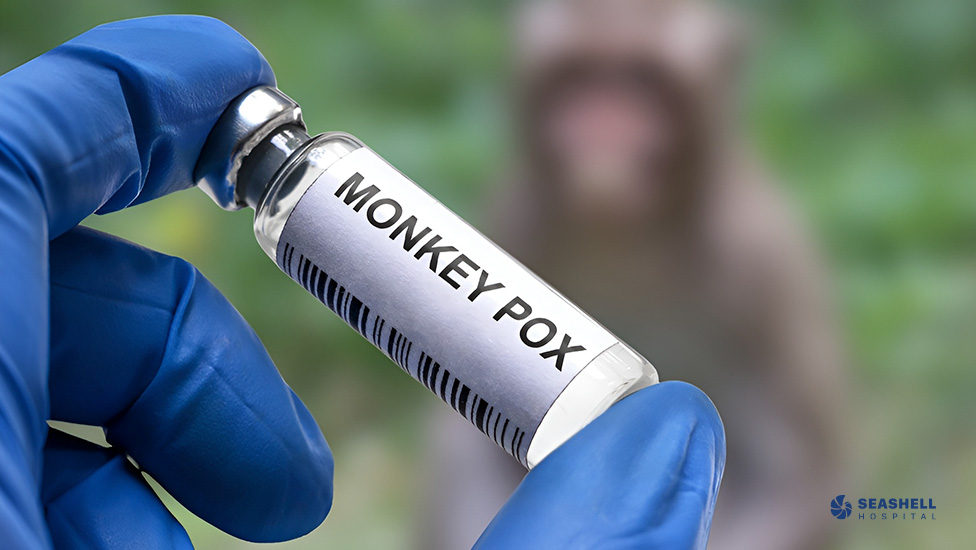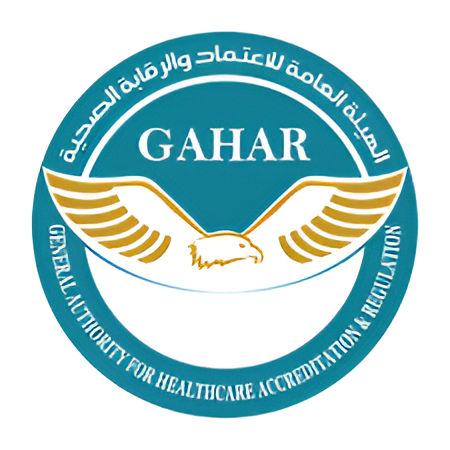 May 22, 2025
May 22, 2025
Monkeypox: A Global Health Concern
Monkeypox, also known as “Mpox” is a viral infection caused by the monkeypox virus, which belongs to the Orthopoxvirus genus, the same family as smallpox and cowpox viruses. The virus has two genetic branches: the first and second clades. The current outbreak is caused by a mutated strain from the first clade of the virus.
A Brief History
Monkeypox was first identified in 1958 in Denmark, where it was initially observed among a group of monkeys used for research purposes, giving the disease its name. The first human case was recorded in the Democratic Republic of Congo in 1970 in a 9-month-old child. The disease has since continued to spread in Central, Western, and Eastern Africa.
Despite its name, monkeys are not the primary carriers of the virus; rodents, rats, and squirrels are. Vaccination efforts led to the eradication of smallpox worldwide in 1980, but monkeypox continued to surface occasionally.
In 2022, several cases were reported outside Africa, with the first instance of transmission through sexual contact being recorded. By 2024, the virus had spread more extensively, particularly in Europe, and the World Health Organization (WHO) declared it a public health emergency in mid-August 2024.
Symptoms of Monkeypox
Common symptoms include:
- Fever
- Rash
- Muscle aches
- Headache
- Sore throat
- General fatigue
- Back pain
- Swollen lymph nodes
Symptoms typically appear within a week of exposure, though they can emerge between 1 to 3 weeks post-exposure. The illness usually lasts from two weeks to a month but can extend longer in individuals with weakened immune systems.
Initially, fever, muscle aches, and sore throat occur, followed by the appearance of a rash on the face that spreads to other parts of the body. In some cases, the rash may start as painful or itchy blisters or sores. Infected individuals are contagious and can transmit the virus for 4 to 5 weeks from the onset of symptoms.
Transmission of Monkeypox
The virus spreads through close contact with an infected person, via:
- Respiratory droplets during talking or breathing when in close proximity to the infected person.
- Sexual contact.
- Physical contact.
- Shared objects.
It can also be transmitted from animals to humans through:
- Scratches or bites from an infected animal.
- Contact during hunting, touching the fur, or blood of infected animals.
- Eating undercooked meat from infected animals.
Diagnosis
Monkeypox shares symptoms with other infectious diseases like smallpox and measles. Diagnosis is confirmed by detecting the virus’s DNA through Polymerase Chain Reaction (PCR) testing, which typically involves taking a swab from skin lesions or other body areas if a rash is not present.
Self-Care and Prevention
For those infected, it is crucial to:
- Avoid contact with others.
- Not share clothes, towels, or bedding.
- Clean and disinfect surfaces.
- Keep the windows open at home.
- Cover rashes with bandages or clothing when around others.
- Wash your clothes yourself.
- Maintain at least one meter of distance from others and wear medical masks.
Complications of Monkeypox
Complications may include:
- Encephalitis
- Myocarditis
- Pneumonia
- Corneal infection
- Vision loss
- Sepsis
- Proctitis
Prevention and Treatment
Preventive measures include:
- Vaccination, especially for those at high risk such as close contacts of infected persons, people in areas where the virus is spreading, children, pregnant women, and those with weakened immune systems.
- Following hygiene practices like thorough handwashing and using sanitizers.
- Avoiding contact with sick animals and their surroundings.
Treatment typically involves managing symptoms and preventing complications, particularly in those with weakened immune systems. Vaccination within four days of exposure and antiviral medications such as Tecovirimat are options for those with severe symptoms under medical supervision.
Despite the absence of widespread cases in Arab countries, the global spread of the disease and the evolving nature of such viruses underscore the need for ongoing awareness and preventive measures.
